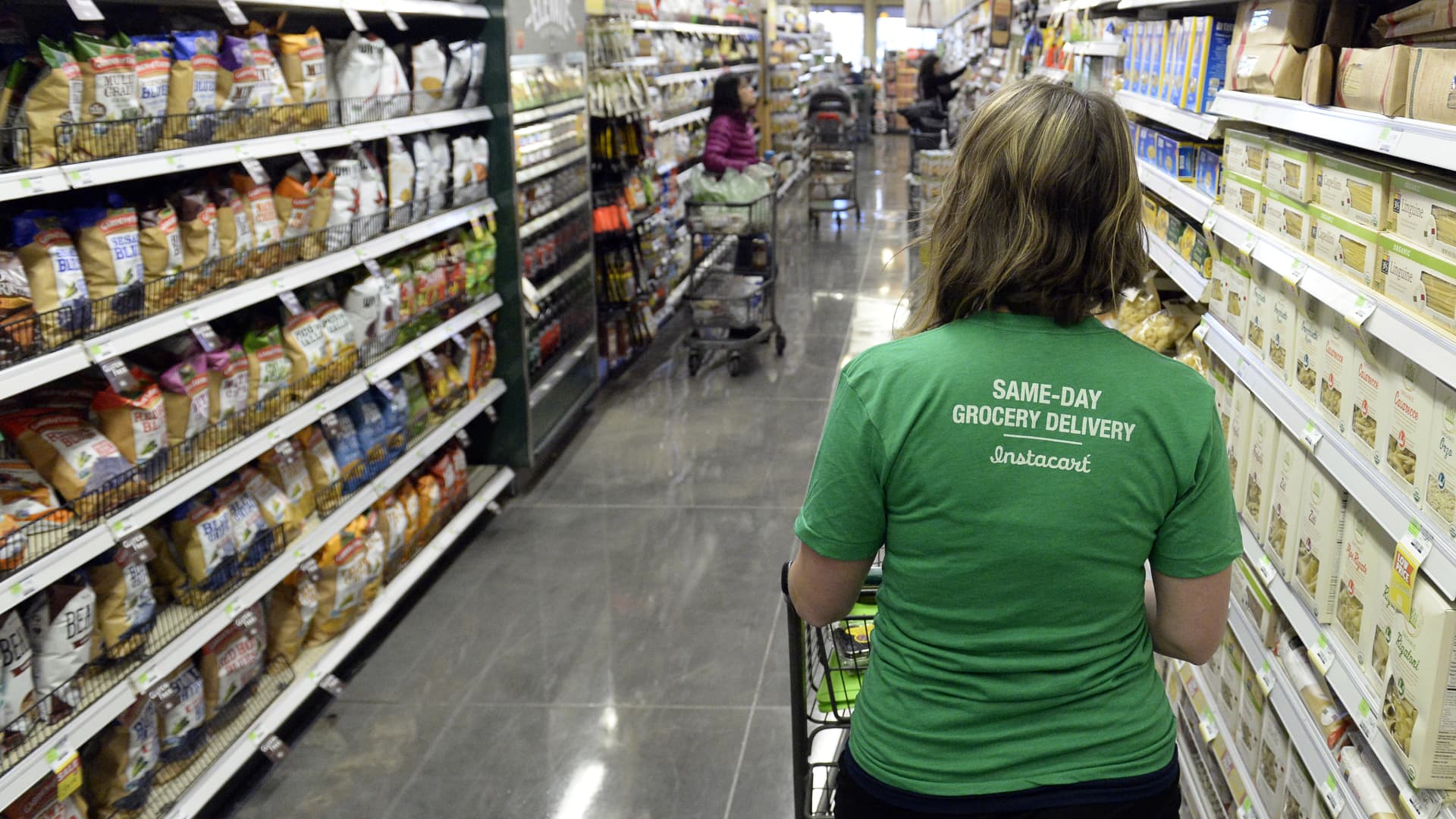The Great IPO Reopening may be on hold: rising rates and lower stocks are an IPO killer.
A combination of still-high valuations, a mediocre reception for the latest crop of IPOs and poor market conditions may force The Great IPO Reopening to be put on hold.
Instacart on Thursday broke below its initial price of $30 before closing at $30.65. Arm Holdings yesterday broke below its initial price of $51 before closing at $52. Klaviyo hit $31.30 when it opened on Thursday, barely above its initial price of $30, before closing at almost $34.
And what about the earlier crop of IPOs? Not so good.
Restaurant chain Cava was the first IPO to get everyone excited, way back in June. It priced at $22, opened at $42, and went to $55 shortly after. It’s now at $30, still above its initial price the victim of massive selling the past two weeks.
Kenvue, the Johnson & Johnson spinoff, went public in May at $22, traded in the high $20s for a couple months, and has now broken below its initial price of $22.
Cosmetics firm Oddity Tech priced at $35 in July, opened around $49, and is now $28, well below its $32 initial price.
Throw in the seasonal weakness and macroeconomic worries, particularly higher interest rates, and it’s likely many executives of IPO hopefuls who are looking to go public in October or November are chewing their fingernails.
Unfortunately, the alternatives are not very appealing.
Bad news now outweighs the good
The good news: deals are getting done.
The bad news: these early companies are the strong ones, and their mediocre reception, even with tiny floats, does not bode well for the hundreds of tech IPO hopefuls, most of whom are not profitable and would still like to avoid taking the massive haircuts that would be necessary to successfully float them in the public markets.
I noted earlier in the week that there was broad agreement that a successful IPO candidate needed to: 1) be profitable or on a very clear path to profitability, and 2) have a lower valuation.
The bad news is, some of these tech unicorns will likely pass on taking a huge public haircut. I spoke earlier this week with Nizar Tarhuni, vice president of research at Pitchbook, who estimated there are roughly 800 or so tech unicorns that on average haven’t raised capital in more than 17 months.
“They’re going to need to raise soon and the pricing dynamics don’t look great,” he told me.
This leaves those unicorns with three choices: 1) raise additional capital in the private markets, 2) merge or be bought out; or 3) move into the public markets.
Tarhuni noted that venture capital firms still have dry powder, but that they will be focusing on helping the companies with the highest probability of success. In this environment, that means companies that are already turning an operating profit.
What about the rest? Those that cannot or will not meet the criteria to successfully go public and cannot keep raising private capital will be forced to merge or be bought. That means lots of potential business for distressed M&A firms.
Finally, a smaller percentage will take their medicine and move into the public markets (a few may take the SPAC route), but will have to accept a lower valuation.
The macro outlook is the real IPO killer
This month, the 10-year yield has gone to 4.48% from 4.10%, a rise of almost 40 basis points. (A basis point is 0.01%). The S&P 500 is down 2.7% in September.
That combination — rapidly rising rates plus a down stock market — is the classic IPO killer.
This is happening just as the next crop of IPO hopefuls is looking to go public in mid-October.
Hopefully, by then interest rates will calm down, and stocks will get past the seasonal weakness of September and October.
But if instead the 10-year yield is up another 40 basis points (near 5%), and the S&P 500 is down another 2.5%-5% or more, a lot of those IPO hopefuls are going to be postponing that decision.
